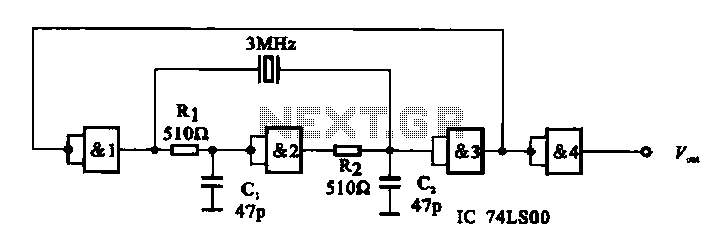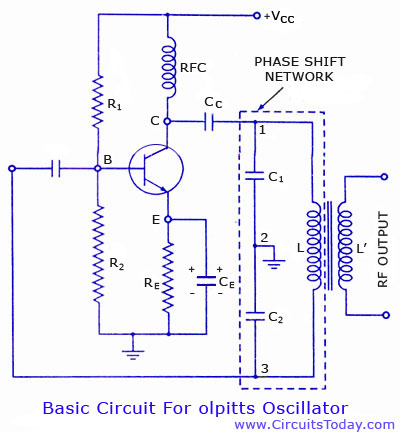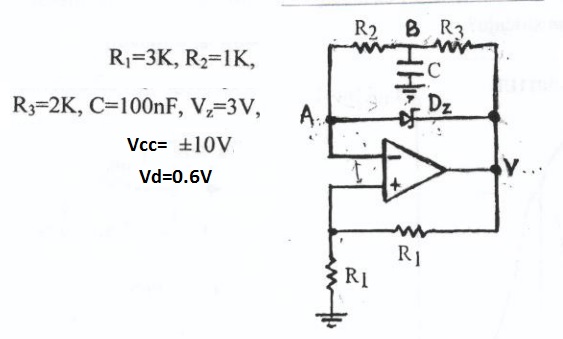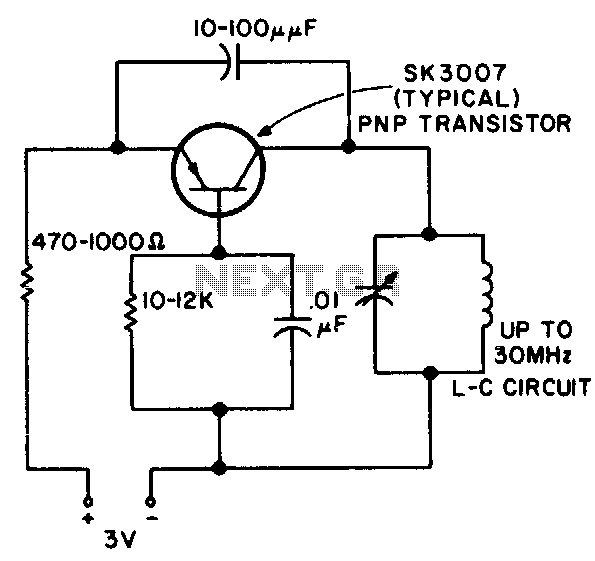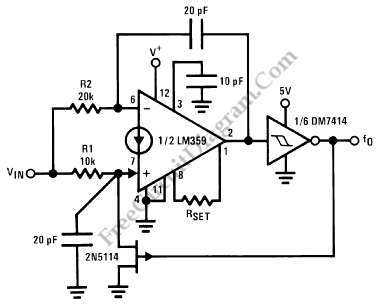
Oscillator Fundamentals
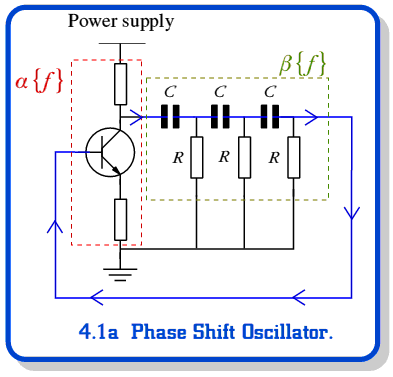
A feedback oscillator employs positive feedback to sustain oscillation. Essentially, an oscillator functions as an amplifier that incorporates feedback.
A feedback oscillator is a critical component in various electronic applications, utilizing the principle of positive feedback to generate continuous waveforms. The basic operation involves an amplifier that receives a portion of its output signal back into its input. This feedback loop is crucial for establishing the conditions necessary for self-sustained oscillation.
In designing a feedback oscillator, several key parameters must be considered. The gain of the amplifier must be greater than one to ensure that the output signal reinforces the input signal. Additionally, the total phase shift around the feedback loop must be equal to zero or a multiple of 360 degrees at the frequency of oscillation. This condition is essential for achieving stable oscillations.
Common configurations of feedback oscillators include the Hartley oscillator, Colpitts oscillator, and the phase-shift oscillator. Each configuration utilizes different components, such as inductors and capacitors, to set the frequency of oscillation. For instance, the Hartley oscillator typically employs two inductors and a capacitor, while the Colpitts oscillator uses two capacitors and one inductor.
The design of a feedback oscillator also involves selecting appropriate components to ensure stability and performance. The choice of amplifier, whether it be a transistor or an operational amplifier, influences the oscillator's characteristics, including frequency stability, output waveform shape, and power consumption.
In summary, feedback oscillators are essential in generating oscillatory signals in electronic circuits, relying on positive feedback mechanisms to maintain continuous operation. Their design and implementation require careful consideration of component selection and circuit topology to achieve desired performance characteristics.Feedback Oscillator Positive feedback is used in oscillators to maintain running or oscillating. An oscillator is basically an amplifier which has a feedb.. 🔗 External reference
A feedback oscillator is a critical component in various electronic applications, utilizing the principle of positive feedback to generate continuous waveforms. The basic operation involves an amplifier that receives a portion of its output signal back into its input. This feedback loop is crucial for establishing the conditions necessary for self-sustained oscillation.
In designing a feedback oscillator, several key parameters must be considered. The gain of the amplifier must be greater than one to ensure that the output signal reinforces the input signal. Additionally, the total phase shift around the feedback loop must be equal to zero or a multiple of 360 degrees at the frequency of oscillation. This condition is essential for achieving stable oscillations.
Common configurations of feedback oscillators include the Hartley oscillator, Colpitts oscillator, and the phase-shift oscillator. Each configuration utilizes different components, such as inductors and capacitors, to set the frequency of oscillation. For instance, the Hartley oscillator typically employs two inductors and a capacitor, while the Colpitts oscillator uses two capacitors and one inductor.
The design of a feedback oscillator also involves selecting appropriate components to ensure stability and performance. The choice of amplifier, whether it be a transistor or an operational amplifier, influences the oscillator's characteristics, including frequency stability, output waveform shape, and power consumption.
In summary, feedback oscillators are essential in generating oscillatory signals in electronic circuits, relying on positive feedback mechanisms to maintain continuous operation. Their design and implementation require careful consideration of component selection and circuit topology to achieve desired performance characteristics.Feedback Oscillator Positive feedback is used in oscillators to maintain running or oscillating. An oscillator is basically an amplifier which has a feedb.. 🔗 External reference
